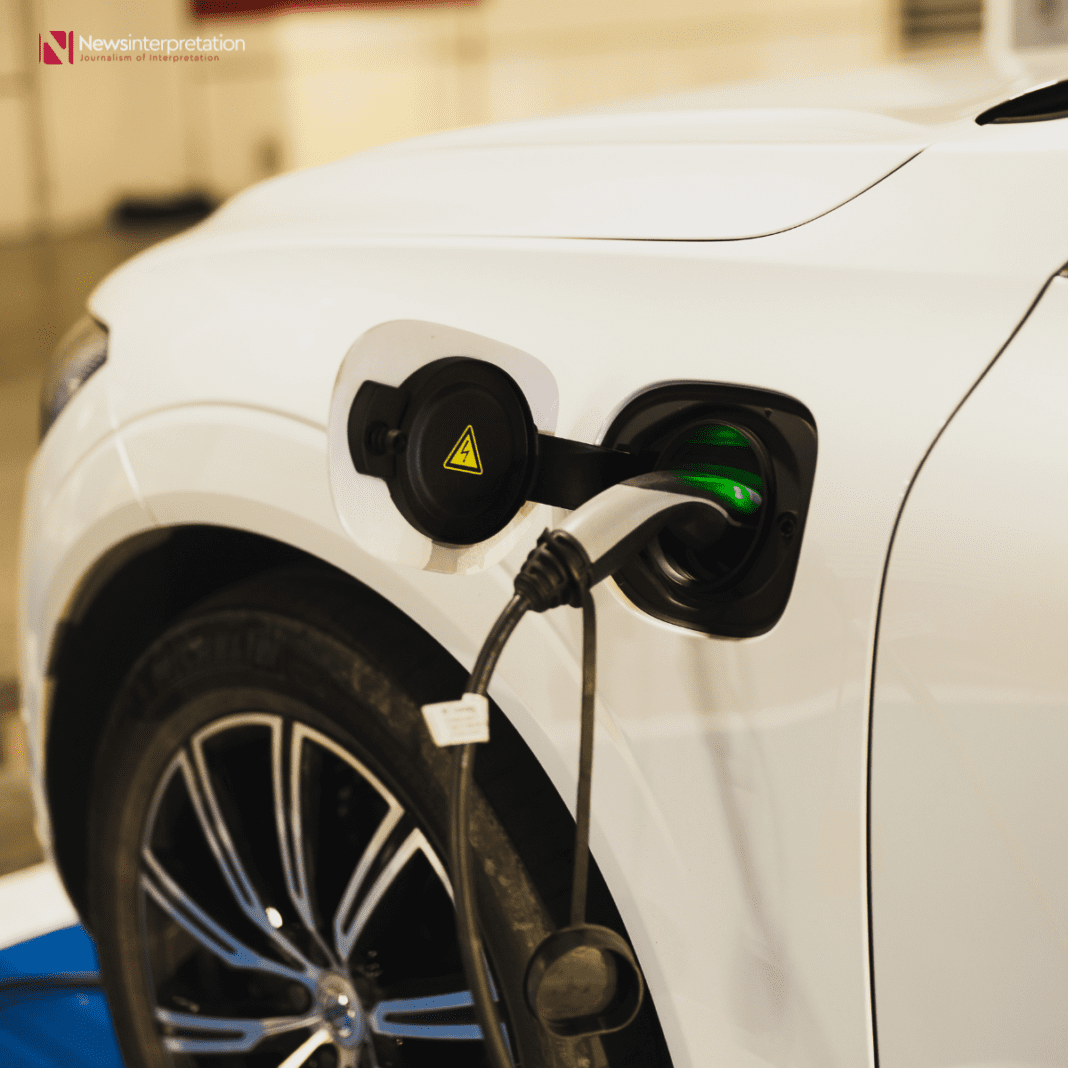As the world shifts towards reducing carbon emissions and embracing green energy, the role of Electric Vehicles (EVs) is becoming increasingly important. At the heart of this EV revolution lies the constant technological advancement of EV batteries. These batteries are pivotal in making electric vehicles more popular, with advancements allowing for more energy storage, faster charging, and longer distances between charges.
Let’s delve into everything you need to know about electric vehicle batteries, empowering you to drive towards a greener future.
What are Electric Vehicle Batteries?
Electric vehicle batteries are dynamic rechargeable batteries that power the electric motors in EVs. These batteries store energy and convert it into mechanical force to propel the vehicle forward. Unlike traditional vehicles that rely on internal combustion engines, EVs solely rely on the power of their batteries for driving. This marks a clean, green, and electrifying revolution in transportation.
The capacity of an EV battery is measured in kilowatt-hours (kWh). The higher the capacity, the longer an EV can travel on a single charge. This means more thrilling electric rides with longer journeys!
What is an EV Battery Made From?
EV batteries are primarily composed of carbon, metal oxide, and lithium. These batteries contain essential components like the cathode, anode, separator, and electrolyte. An EV battery (NMC532) contains carbonate lithium (8 kg), nickel (35 kg), manganese (20 kg), and cobalt (14 kg). While various types of lithium batteries exist, they all share a core composition of lithium and other metals.
Which Battery is Best for EVs?
Lithium-ion batteries are the preferred choice for EVs due to their high energy efficiency compared to lead-acid or nickel-metal hydride batteries. They also perform better in high temperatures, reducing the risk of sudden fires. With longer draining capabilities, some EVs equipped with lithium-ion batteries can travel up to 500 miles on a single charge.
How Do Electric Vehicle Batteries Work?
Electric vehicle batteries store and release electrical energy to power an electric motor. The battery pack consists of individual cells connected to provide the necessary voltage and capacity. When charged, the battery stores electrical energy in the electrodes. When discharged, the energy is released as ions flow between the electrodes through the electrolyte, powering the electric motor.
Factors like capacity, voltage, charge/discharge rate, and temperature affect battery performance. Ensuring these factors are optimized helps maximize an EV’s range, acceleration, and overall efficiency.
Types of Batteries Used in Electric Vehicles
Several types of batteries are used in EVs, including:
- Nickel metal hydride (NiMH) batteries
- Lithium-ion (Li-ion) batteries
- Solid-state batteries
- Lead-acid batteries
- Ultracapacitors
Each type has its advantages and limitations, with lithium-ion batteries being the dominant choice for their energy density, efficiency, and lifespan.
Life of an Electric Vehicle Battery
The lifespan of an EV battery depends on factors like battery type, charging habits, temperature, and Battery Management System (BMS) quality. Lithium-ion batteries typically last 8-10 years, but actual longevity varies based on usage patterns and maintenance.
Why are EV Batteries So Expensive?
EV batteries are expensive due to the cost of their components, particularly the cathode electrode, which accounts for 51% of the battery’s cost. Despite their cost, EVs offer eco-friendly transportation, with quick charging times and cost-effectiveness.
Electric vehicle batteries are at the forefront of the transportation industry’s future. With their eco-friendly nature, fast charging times, and cost-effectiveness, EVs are revolutionizing sustainable transportation. Get ready to ride towards a greener future with electric vehicles leading the way!





